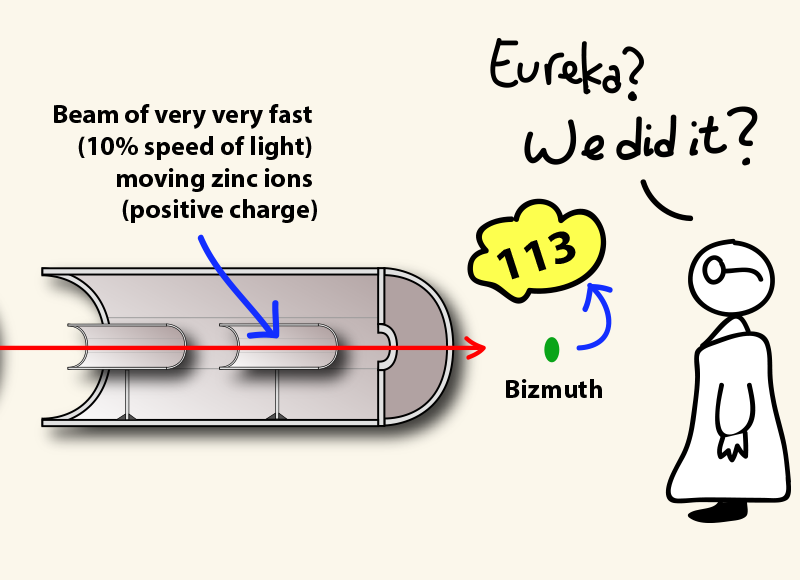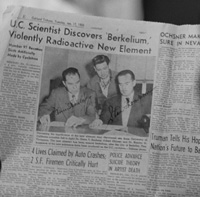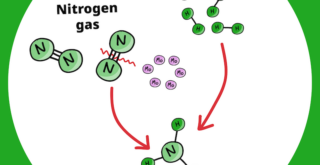It’s been almost a week since RIKEN was officially awarded the naming rights to element 113. At the same time, the Joint Institute for Nuclear Research in Dubna, Russia, the Lawrence Livermore National Laboratory in California, and Oak Ridge National Laboratory in Tennessee were given the rights to name elements 115 and 117, and the former two institutes were given the rights to name element 118.
Many of the news pieces and reader comments about element 113 have focussed on two (and a half) issues. In this post I’d like to talk about one of them: was it a discovery or purely a human creation?
The discovery of element 113 was headed by Kosuke Morita at the RIKEN Nishina Center for Accelerator-based Science. We asked Dr. Morita whether he considers his work to be a discovery or a creation.
“We like to use the phrase “discovery through synthesis.” For example, elements 43, 93, and 94 were first thought of as purely synthetic elements, but were then later “rediscovered” to exist naturally on Earth, even if in minute quantities. Elements like 113 might exist for short periods of time during processes related to the evolution of the universe.”
He told us that it seems arrogant for human beings to think that we have synthesized something that does not exist in nature, and that he prefers thinking that scientists in his line of work are just “discovering” something that nature has already made.
“We like to use the phrase “discovery through synthesis.”
Many people seem to object to using the word discovery because the element was only observed after using a particle accelerator to slam atomic nuclei together. Actually, synthetic elements are not new (there were already 24 of them before the latest 4 were added), and historically they have been considered discoveries. As Dr. Morita noted, several elements that were first discovered in the laboratory have subsequently been found to exist naturally on Earth in small quantities, the most famous of them being plutonium.
Here is a clipping from the 1949 discovery of berkelium (Bk, element 97) which was first synthesized at the University of California, Berkeley by bombarding americium-241—one of the four elements previously synthesized by the Berkeley team—with alpha particles.
So from the perspective of scientists, the logic behind using the word “discovery” comes from the idea that while these elements might be made artificially, unlike true artifacts, they may have existed at one time in the past or could still exist in volatile environments within stars.
What do you think?
We’re interested in knowing what scientists and non-scientists think about this issue (or whether it’s not an issue at all and just semantics).
On a side note, here is a nice little animated video showing how the team at RIKEN bombarded bizmuth atoms (element 83) with zinc ions (element 30) to synthesize the as-yet-unnamed element with 113 protons.
[yuzo_related]












